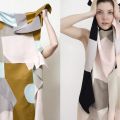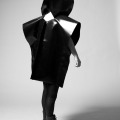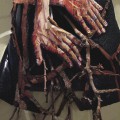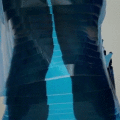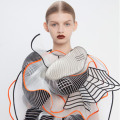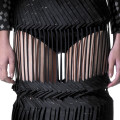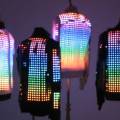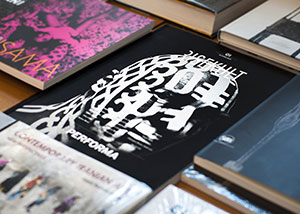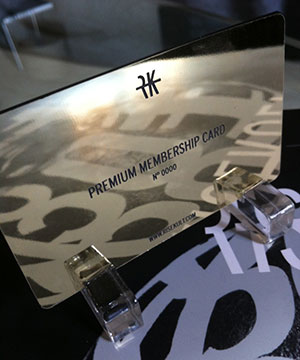Working on the cutting edge of contemporary fashion, not to mention unafraid of dealing with some difficult questions that sit at the very heart of his practice (fashion is, after all not just about the clothes), young fashion designer Matija Čop is definitely going to prove to be a name to remember in the coming years. Born and raised in Croatia, before turning to the world of fashion, he was a national champion in athletics and a student of Croatian language and literature. Currently a graduate student of fashion design of the Faculty of Textile Technology in Zagreb, Čop combines a conceptual approach with a more intuitive hands-on working method, depending on the nature of each project and what he wants to achieve each time. Less focused on how groundbreaking or provocative his garments could be, instead, he turns his attention to the role fashion (including fashion makers) plays in its wider socio-cultural context.
Today, after spending a few months in Sweden researching an approach to fashion design that seeks to create ”fashion without clothing,” Čop is presently involved in a new project leading him in new directions. Though reluctant to reveal any more detail about his current undertakings, the 27-year-old designer was very generous in answering the following questions for us, thereby offering us a broader look into his work and design philosophy.
All of your past projects are in one way or another related to architecture. What is it exactly in architecture that you find so interesting as a fashion designer?
A garment is in itself an architectural object, and vice versa – but not because of its appearance, its structure or monumentality, but because of the idea behind it. Both disciplines deal with similar problems, such as the relation between body and space – it’s only the scale that actually changes. As a fashion designer I have been interested in space in my past projects. Since space is a distinctive feature of architecture, it just so happened that my explorations often leaned on the language of architecture, which is why the outcome of my projects is so often reminiscent of architecture.
Another ‘fashion week month’ is about to start, with everyone excited to see what’s new in the fashion world. What is your opinion on ‘high fashion’? Do you aspire to become a very popular ‘high-end’ fashion designer in the future?
High fashion is a form of fashion that emphasizes, above all, a specific fashion idea. These ideas change and are reinterpreted from fashion show to fashion show. I consider that valuable. Fashion design changes just as man does. In the past, these changes came about slowly. Nowadays it’s faster. These changes that are so closely related to fashion, are a reflection of the individual responsible for a collection, and consequently a reflection of society (the local one more than the global one). I like to communicate with other designers in that way. I strive to show my own version of the moment – but I don’t think about whether that will suffice in order to become a high-end fashion designer.
Apart from being an entrepreneur and a good dress-maker, what do you believe is the role (or even, the responsibility) of the contemporary fashion designer in society today?
Even though being a good dress maker and entrepreneur is difficult enough as it is, the contemporary fashion designer should be a loud interpreter of the moment. No matter where their interests lie (be it to explore sustainability in fashion, custom-made clothing or something else), they should be brave in what they’re doing and be free of the anxiety of influence because of their predecessors.
Fashion always happens now, in the moment. Its authenticity arises from the courage of the individual, no matter what direction that may go in.
You mentioned that you have recently spent some time in Sweden working on a ‘‘theoretical approach’’ to fashion design. Can you tell us more about this approach?
I spent a semester in Sweden at the University of Borås where I dealt with the subject of abstracting the body – fashion without clothes. If man is permanently connected to a garment/textile object and is a part of it – what is man without it? That was one of the questions I asked myself and subsequently went about looking for the answers – doing experiments by covering the body with non-clothing/non-textile objects, in turn abstracting it and turning it into the object itself.
You were involved in Lady Gaga‘s G.U.Y. video. Can you tell us more about your participation in that project?
Garments from my ‘City Lace’ and ‘Object 12-1’ collections were used in the music video for ‘G.U.Y.’; I consider Lady Gaga a relevant figure in modern design/art, so it has been a great honour to be a small part of that moment.
What do you consider as a ‘successful’ project?
I consider a successful project as one which achieves some sort of communication with the public (and not necessarily a public great in number). The fact that it triggers a reaction is enough for me – to be able to receive feedback (be it good or bad, it doesn’t matter). Another, perhaps, more intimate criterion would be the feeling I get when the project is finished. It is then that I sense the project is a success in itself because it answered the questions it was initially faced with.




















